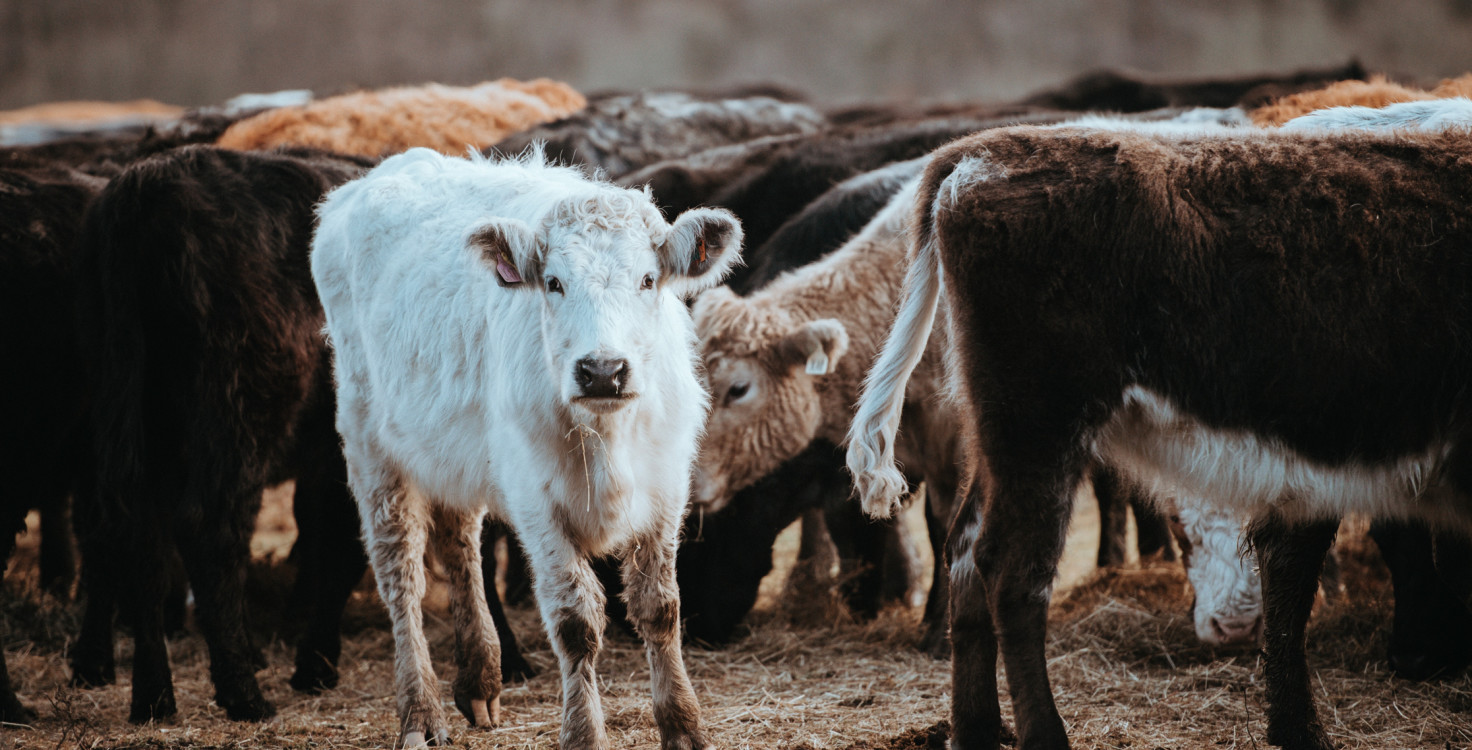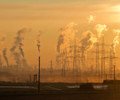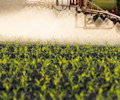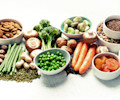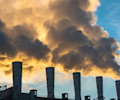Agriculture is one of the highest-emitting sectors, contributing 24% of global greenhouse gas emissions. Livestock production alone is responsible for at least 14.5% of the world’s greenhouse gases (GHGs), more than the entire transport sector. Future intensification of agriculture to compensate for reduced production, partly caused by climate change, alongside rising demand for animal products, could further increase these numbers.
Research into 60 large animal protein producers by the Coller FAIRR Index in 2018 found that only 32% of Index companies have a target to reduce GHG emissions, with 72% ranked as ‘high risk’ in this category.
Here we explain why investors in the food and agriculture sector should look for and reduce the carbon exposure of their portfolios.
Sources of greenhouse gas emissions in animal farming
Emissions arising from animal agriculture vary widely depending on the species farmed. Beef production emits over 300kg CO2-equivalent per kilo of protein and is the most emission-intensive meat product. In comparison, the average emissions intensity of chicken production is below 50kg CO2-equivalent per kilo of protein. Farmed seafood is typically perceived as a sustainable alternative to meat, but emissions also vary widely between different species of fish, and even within species, dependent on the production system used. Shrimp production, for example, can be as emission-intensive as beef production, largely due to the high energy use required to recirculate water in shrimp ponds.
The largest chunk of farm-related GHG emissions from terrestrial animal protein production come from feed production (45%) and enteric fermentation (39%). Meat production, particularly beef and lamb production, has disproportionately high emissions intensity compared to other food stuffs. Companies in the food sector must engage their animal protein suppliers to ensure that meaningful climate action can be taken. FAIRR’s collaborative investor engagement with six global quick-service restaurants (QSRs) asks companies to set, and report on, a clear strategy for how they are managing climate and water risks in their meat and dairy supply chains.
Reducing greenhouse gas emissions in animal farming
Changes in both food production and consumer demand offer big opportunities.
On the supply side, crop management practices in feed production – such as conservation tillage and better fertiliser management – offer carbon reduction potential at relatively low costs. Practising rotational grazing, selecting regionally appropriate forages and high-quality feed, and restoring degraded lands are also important. Waste management is a critical area, too. Covering manure storage facilities, optimising manure application to soil, and capturing methane before it gets into the atmosphere can all help to reduce the effects of climate change.
On the demand side, shifting away from emission-intensive meat and dairy products towards alternative sources of protein offers major potential to reduce emissions – and capture growing demand for plant-based protein products. FAIRR’s sustainable protein engagement, supported by more than 70 institutional investors with over $5 trillion in combined assets, asks 25 global food manufacturers and retailers to diversify their protein sources to drive growth, increase profitability, reduce risk exposure, and improve their ability to compete and innovate in a resource-constrained world.
The risks to agricultural investors
Most farms fail to measure their emissions, making it difficult for them to determine how to reduce them. The industry is therefore highly exposed to regulatory and economic impacts as the world implements the Paris Agreement to keep global temperature rises below 2°C.
Most institutional investors have some exposure to the animal agriculture industry. They must encourage comprehensive GHG disclosure as a critical first step for companies in managing climate risk. Only then will businesses be able to develop meaningful climate adaptation and mitigation strategies.
